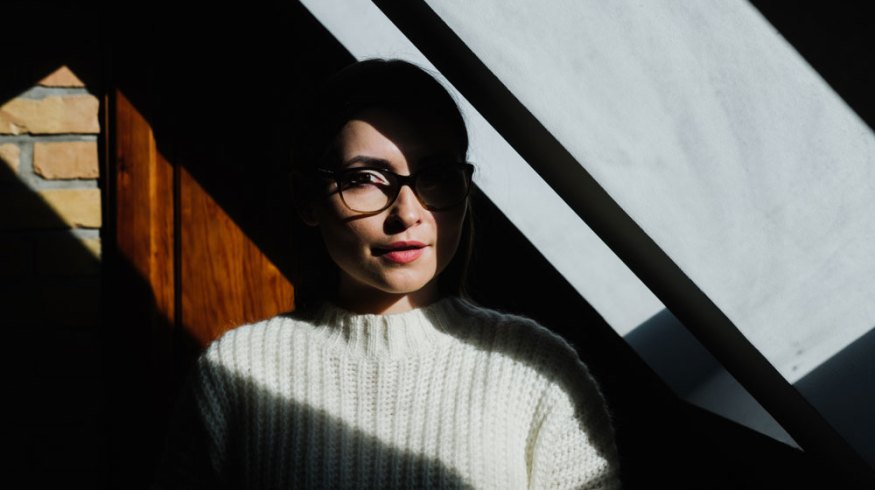
The Advantages of Hard Light and the Benefits of Using It on Set
You can create dramatic compositions by bouncing hard light off something to make it soft, and create sharp edges and punchy, bold images.
In general, filmmakers tend to light actors with soft sources, meaning using larger lights to create softer illumination. It makes things look beautiful, it makes shadows softer, and generally just gives everything a warm glow.
This tendency means that people often neglect hard light and its many advantages. There are many benefits to using hard light on set. For example, you can place the lights far from your subject, or harness available sunlight.
Hard light obviously creates hard edges and isn’t as “flattering” as soft light; however, that doesn’t mean that it can’t have its own aesthetic, which can be equally as beautiful as soft light.
You need to know how to use hard light, so it doesn’t look like you’re lighting the set with a spotlight off-camera. You don’t want your subject to end up looking like a news reporter in front of a hurricane.
Hard light doesn’t need to be bright light. Even though hard light sources like Fresnels create a huge output, they don’t necessarily need to be turned all the way up. Many companies make smaller spotlight fixtures that can run on batteries.
A big part of making hard light look good is to use the angles that flatter the face. There are two ways to do this:
- On axis, which means almost exactly in front of and above the camera.
- Use hard light to create a Rembrandt-style light, which means that the shadows created still flatter the face and don’t create competing shadows. It also means they don’t mess up the lines of the face, so that you can make your subject look beautiful.
Hard lights create hard shadows, which isn’t necessarily a bad thing. It is a very graphic, punchy, and bold look that produces an aesthetic you can embrace.
Hard shadows look great when paired with bright colors, strong patterns, and bold choices. They can even serve to outline the subject against the background to make things really pop.
If you’re worried about the shadows that hard light creates, you can bounce them out. Place a second source at a complementary angle and fill in the shadows that the hard light creates. It will allow you to get good illumination, and to separate your subject from your background. Lighting a subject in this way tends to cover up any blemishes or imperfections, and it can give your subject the beautiful lighting of a magazine cover.
https://www.instagram.com/p/BvwJyDnlrXW/
In truth, you shouldn’t always shy away from the imperfections of your talent. Sometimes, it can be wise to place your hard light directly side-on, as it can really accentuate the textures in their skin and eyes.
Hard light, like the sun, illuminates everything evenly, and this is why it often has a bad reputation. If you’re using artificial hard light, you can use it to isolate your subject from the background. In order to do this, you would need to put at least three stops more on your subject than the background — to really make them stand out. It’s easier to get a bright hard light than a bright soft light.
In summary, hard light can be your friend, and it’s an amazing tool. You don’t need to follow every trend and make every light as big, soft, and diffused as possible. Hard light will let you say a lot about your characters in film, as well as give you a punchy, bright, and distinctive look when taking photographs.
Cover image via Kseniya Ivanova.
Looking for more articles on lighting? Check these out.
- Why Filmmakers and Photographers Prefer to Use Soft Light
- Inside the Electric Department: Lighting, Tools, and Safety Skills
- Efficiently Lighting and Shooting Product Shots for YouTube
- Lighting in a Pinch: Five Tricks Using Your Mobile Phone
- On the Market: Five Great Key Lights for Five Different Budgets





